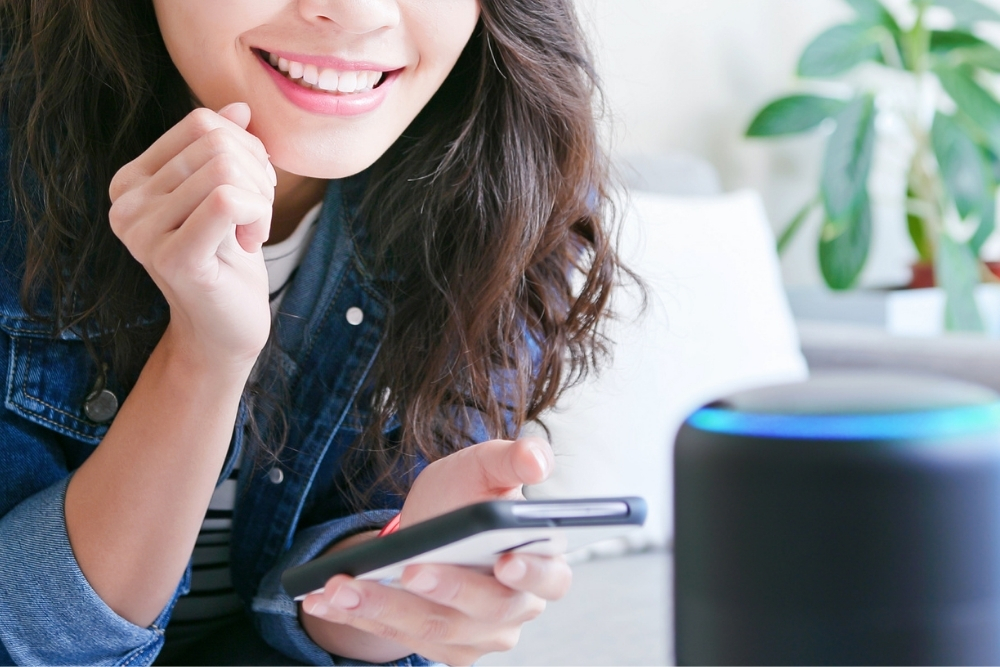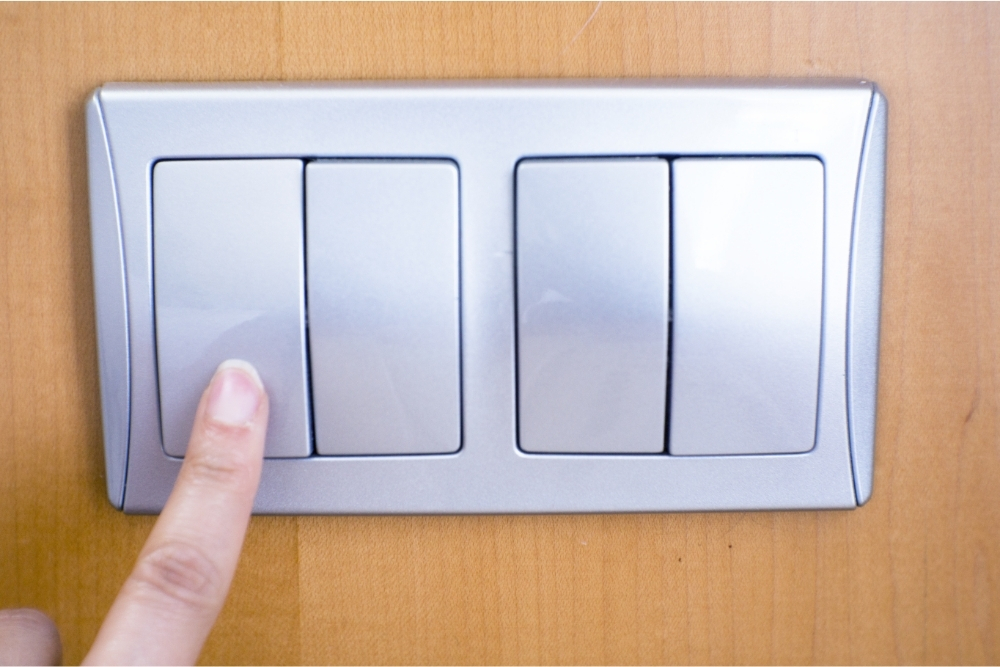Will This New Fire Update Change the Way You Interact with Your Smart Devices?
Just when you think our smart homes can’t get any more convenient, the brainboxes over at one of the big tech companies come up with yet another gizmo-based luxury that makes the practical side of our lives even easier.
One of the latest additions to the smart universe comes from the folks over at Amazon, and while it’s not technically a new product, it has scope to be pretty handy.

I’m talking of course about the recent update capable of transforming your garden variety Amazon Fire tablet into a comprehensive central smart hub for all compatible smart devices.
What does that mean? Well, put simply, this new software turns your Fire tablet into a remote control for your whole house!
You can use it to switch lights on or off, check your security footage, kick the thermostat up a couple of notches … if it’s an Alexa-enabled device, you’ll have access to, and control over, it.
Being that we spend so much time with our heads buried in our tablets anyway, it seems like the perfect spot to establish a smart hub, saving us from ever having to look away, even to run our households.
If that sounds like something you’d be interested in, you’re in the right place. Today, I’m going to run through a step-by-step guide on how to prepare your Amazon Fire for its new promotion.
Which Amazon Fire Tablets Got the Update?
Unfortunately, if you’re still rocking one of the older Fire tablets, you won’t be able to use it as the hub for your smart network, as the update was for 2018 models onwards.
So, if you have the 8th Gen Fire 8 Tablet (2018), 9th Gen Fire 7 Tablet (2019), 9th Gen Fire 10 Tablet (2019), 10th Gen Fire 8 Tablet (2020), or the 11 Gen Fire 10 Tablet (2021), you’re good to go. Read on ahead to learn how to hub-ify your tablet.
Are There Any Other Requirements I Should Know About?
Setting your Fire tablet up as your home control module is nice and easy, but, yes, there are a few things you should be aware of before we start the process in earnest.
- Device Compatibility — If you want to control your devices from your Amazon Fire tablet, they must be compatible with the Alexa ecosystem. In other words, if Alexa can’t connect to it, it’s off your Fire’s radar.
- Device Preparation — Your devices must also already be connected to your Echo Smart Speaker or Show. Your Fire will only grant access to the devices Alexa is already aware of.
- Accounts — You must connect both your Fire tablet and Alexa app to the same Amazon account.
- Wi-Fi Network — Your Fire tablet, Amazon Alexa hardware, and all your smart devices need to run on the same Wi-Fi network. Direct device-to-device Bluetooth connections will not be accessible via your Fire.
How to Transform Your Amazon Fire Tablet into a Smart Hub
Okay, with preparation complete, it’s time to get down to business and upgrade that Fire tablet of yours. It’s by no means a lengthy or difficult process — it should only take a few minutes.
Step 1: Make Sure Everything’s Juiced
A dead battery is never a good thing, but it’s far worse when screens cut to black when you’re in the middle of something, so make sure everything is plugged in and has plenty of power.
You should also wait for a moment when your Wi-Fi signal is strong and consistent. Drops will throw a wrench into the works.
Step 2: Download the Latest Software
We’re all guilty of putting off our tech updates from time to time, but as this feature is part of a relatively new update, you’ll have to make sure all your devices have the memo, so to speak.
That means you’ll need to update both the Alexa app and your Amazon Fire tablet with the latest firmware. The Alexa app and hardware usually update automatically, but it can be interrupted by a number of things, meaning you may need to trigger the update manually.
To update the app and your Alexa hardware …
- Open the app on your phone.
- Swipe down from the top of the screen.
- Tap “Settings”.
- Tap “Device Settings”.
- Tap “Check for Software Updates”.
- Your phone and Alexa should take it from there.
To update your Amazon Fire tablet, you’ll need to …
- Turn your tablet on.
- Swipe down from the top of the screen as you did to access the settings menu in the Alexa app.
- Tap “Device Options”.
- Tap “System Updates”.
- Tap “Update”.
- Don’t worry if your screen goes blank. A restart is part of the update process. When your Fire turns itself back on, there will be a message on the screen that reads, “Installing System Update”. Wait for that to disappear, and you’re good to go.
Step 3: Accessing the Smart Hub Function on Your Fire Tablet
Okay, so everything should now be in place. You’re seconds away from using your Fire tablet to control your entire smart home network — exciting!
- Turn on your Fire tablet and unlock it.
- Tap on the white “Device Dashboard” button. If you’re not sure where this button is, it’s the button on the left-hand corner of the tablet — the bezel, not the screen. It’s a little icon shaped like a house.
- The navigation bar should appear, but something will seem a little different, the reason being, there’s a whole new menu option, labeled “Home”. Go ahead and tap on it.
Welcome to your new smart hub. This menu is accessible on any screen via the dashboard settings button. Here, you’ll find umbrella controls that allow you to turn everything on or off simultaneously, as well as device tiles that allow you to engage with smart devices individually.
You can also rearrange the tiles for easy access to your most interacted with devices. This is done by…
- Tapping “Pinned and Recent Devices”.
- Tapping “Edit”
- Moving and “pinning” your favorite tiles to the top of the list.
If you want to access some deeper device settings, simply tap on the “Manage Devices in Alexa App” option. There are also some handy shortcuts, such as “Categories” and “Routines” that make your Fire an incredibly efficient and user-friendly tool for managing your smart home.
How to Use Your Amazon Fire Tablet to Control Your Smart Home — Final Thoughts
Many smart home enthusiasts perhaps won’t get as excited about this update as you or I have, and to be honest, I see where they’re coming from. If you can already control your smart devices with your phone, why do those controls need to extend to your tablet?
Well, it’s all a matter of convenience. Sometimes, when we’re chilling on the couch chaise longue style, flicking through content on our tablets, we don’t want to have to fish our phones out of our skinny jeans and go menu diving.
I think we can all agree that it’s much easier to handle things on the device we’re already using.



